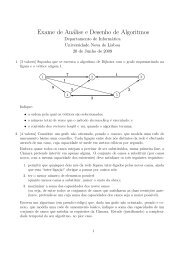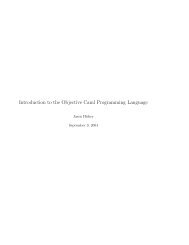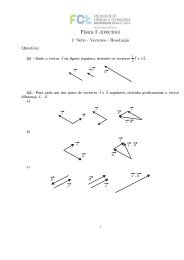Security Articles from Wikipedia
Security Articles from Wikipedia
Security Articles from Wikipedia
Create successful ePaper yourself
Turn your PDF publications into a flip-book with our unique Google optimized e-Paper software.
DiffieHellman key exchange 39<br />
Operation with more than two parties<br />
Diffie-Hellman key agreement is not limited to negotiating a key shared by only two participants. Any number of<br />
users can take part in an agreement by performing iterations of the agreement protocol and exchanging intermediate<br />
data (which does not itself need to be kept secret). For example, Alice, Bob, and Carol could participate in a<br />
Diffie-Hellman agreement as follows, with all operations taken to be modulo :<br />
1. The parties agree on the algorithm parameters and .<br />
2. The parties generate their private keys, named , , and .<br />
3. Alice computes and sends it to Bob.<br />
4. Bob computes and sends it to Carol.<br />
5. Carol computes and uses it as her secret.<br />
6. Bob computes and sends it to Carol.<br />
7. Carol computes and sends it to Alice.<br />
8. Alice computes and uses it as her secret.<br />
9. Carol computes and sends it to Alice.<br />
10. Alice computes and sends it to Bob.<br />
11. Bob computes and uses it as his secret.<br />
An eavesdropper has been able to see , , , , , and , but cannot use any combination of these<br />
to reproduce .<br />
To extend this mechanism to larger groups, two basic principles must be followed:<br />
• Starting with an “empty” key consisting only of , the secret is made by raising the current value to every<br />
participant’s private exponent once, in any order (the first such exponentiation yields the participant’s own public<br />
key).<br />
• Any intermediate value (having up to exponents applied, where is the number of participants in the<br />
group) may be revealed publicly, but the final value (having had all exponents applied) constitutes the shared<br />
secret and hence must never be revealed publicly. Thus, each user must obtain their copy of the secret by applying<br />
their own private key last (otherwise there would be no way for the last contributor to communicate the final key<br />
to its recipient, as that last contributor would have turned the key into the very secret the group wished to protect).<br />
These principles leave open various options for choosing in which order participants contribute to keys. The simplest<br />
and most obvious solution is to arrange the participants in a circle and have keys rotate around the circle,<br />
until eventually every key has been contributed to by all participants (ending with its owner) and each participant<br />
has contributed to keys (ending with their own). However, this requires that every participant perform<br />
modular exponentiations.<br />
By choosing a more optimal order, and relying on the fact that keys can be duplicated, it is possible to reduce the<br />
number of modular exponentiations performed by each participant to using a divide-and-conquer-style<br />
approach, given here for eight participants:<br />
1. Participants A, B, C, and D each perform one exponentiation, yielding ; this value is sent to E, F, G, and<br />
H. In return, participants A, B, C, and D receive .<br />
2. Participants A and B each perform one exponentiation, yielding , which they send to C and D, while C<br />
and D do the same, yielding , which they send to A and B.<br />
3. Participant A performs an exponentiation, yielding , which it sends to B; similarly, B sends<br />
to A. C and D do similarly.<br />
4. Participant A performs one final exponentiation, yielding the secret , while B does the<br />
same to get ; again, C and D do similarly.<br />
5. Participants E through H simultaneously perform the same operations using as their starting point.









